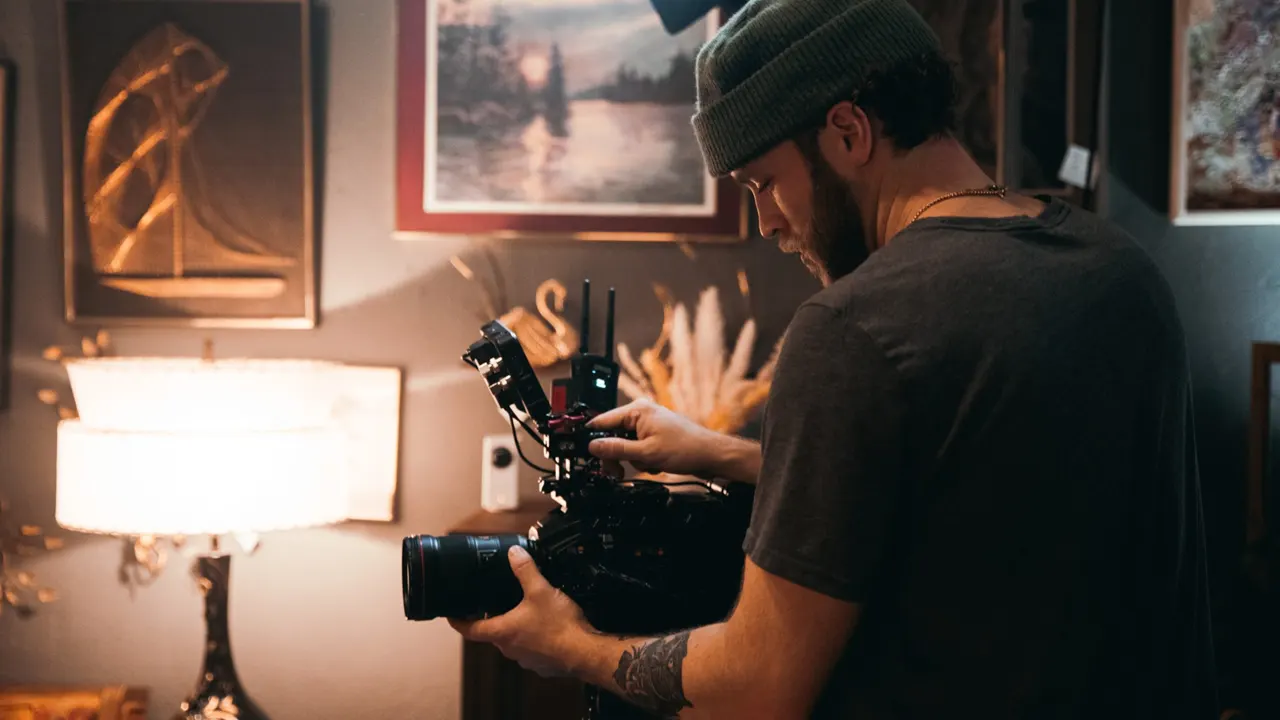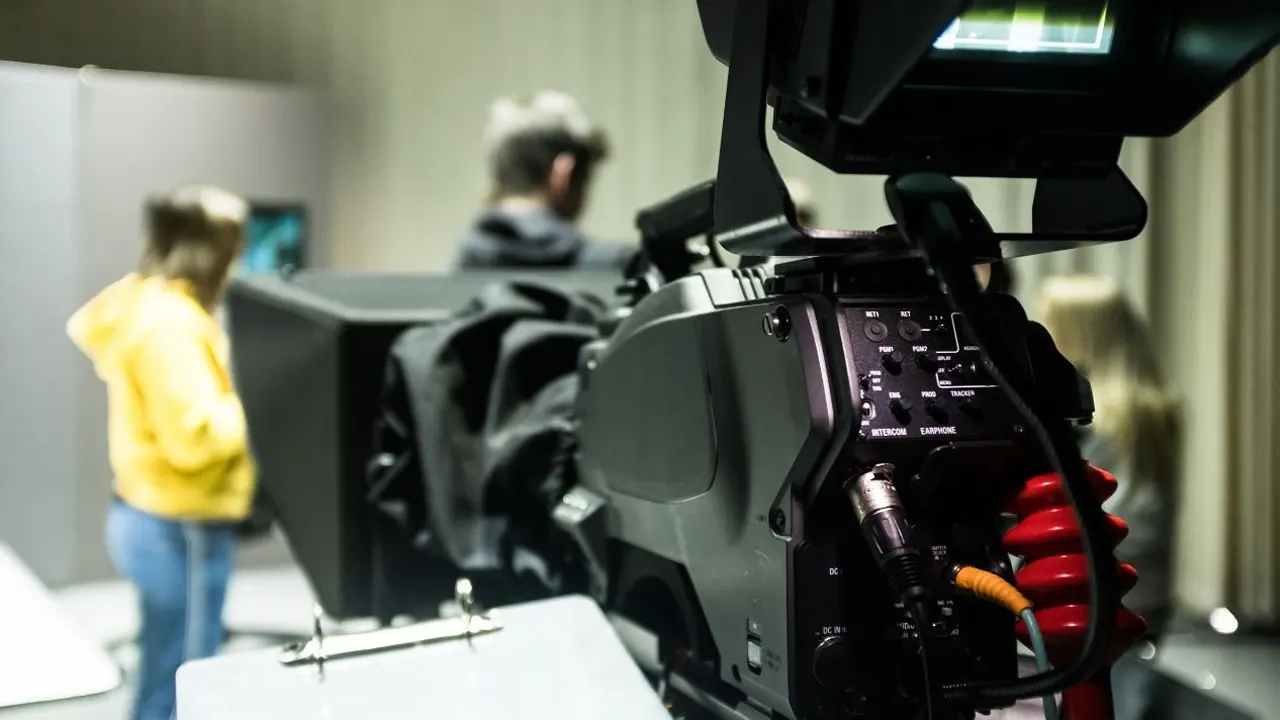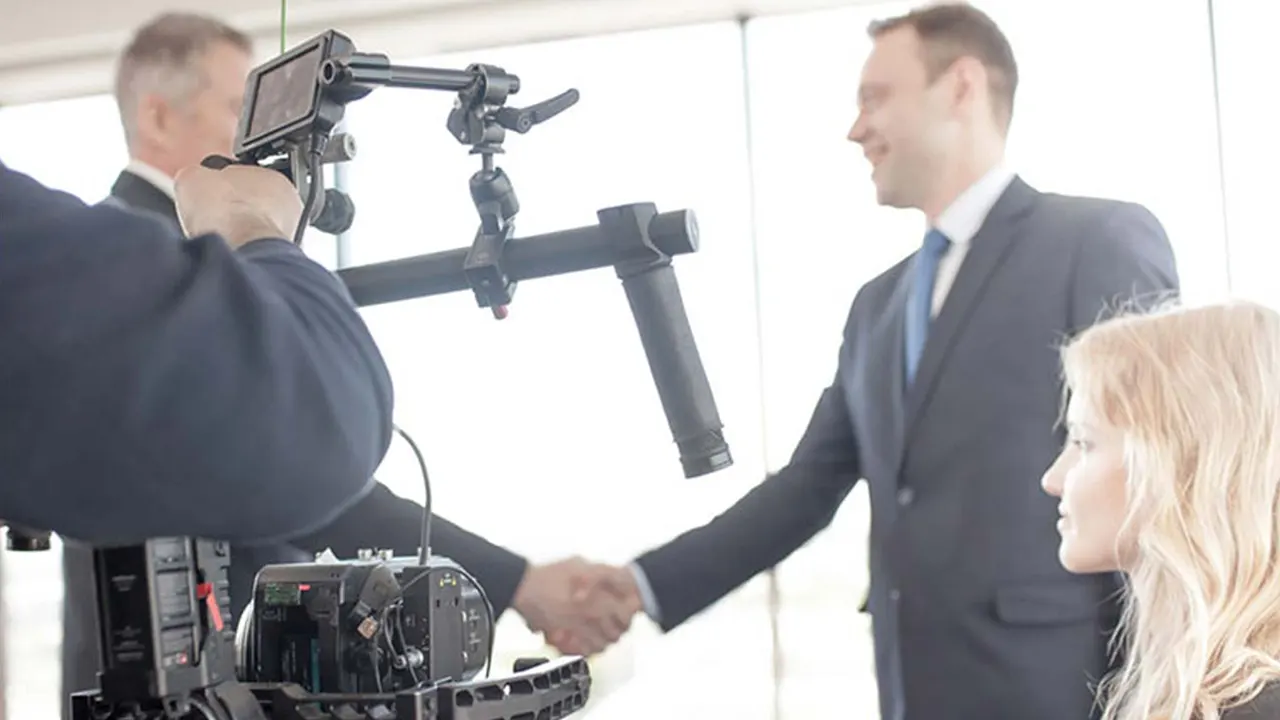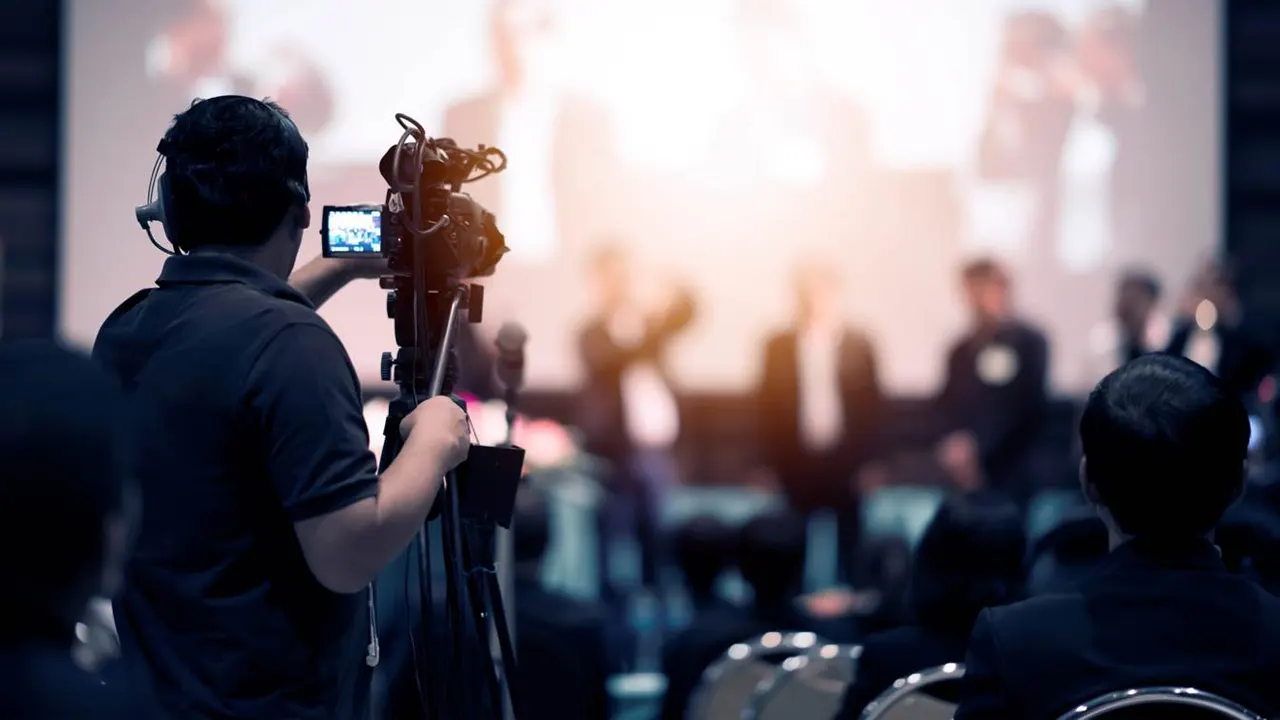
TV Commercials (TVCs) have evolved over the years. In the beginning of advertising, TV commercials were the least complex and direct especially with maybe
not very good filming procedures as well as the plainest kind of message. However, the rise of technology has since dramatically reshaped the TVC video production landscape. Nowadays, technology is the cornerstone of any part of TVC production, from simulation to post-production and this allows advertisers to further develop their commercials. In this article, we discuss how the rise of technology has changed television Commercial video production.
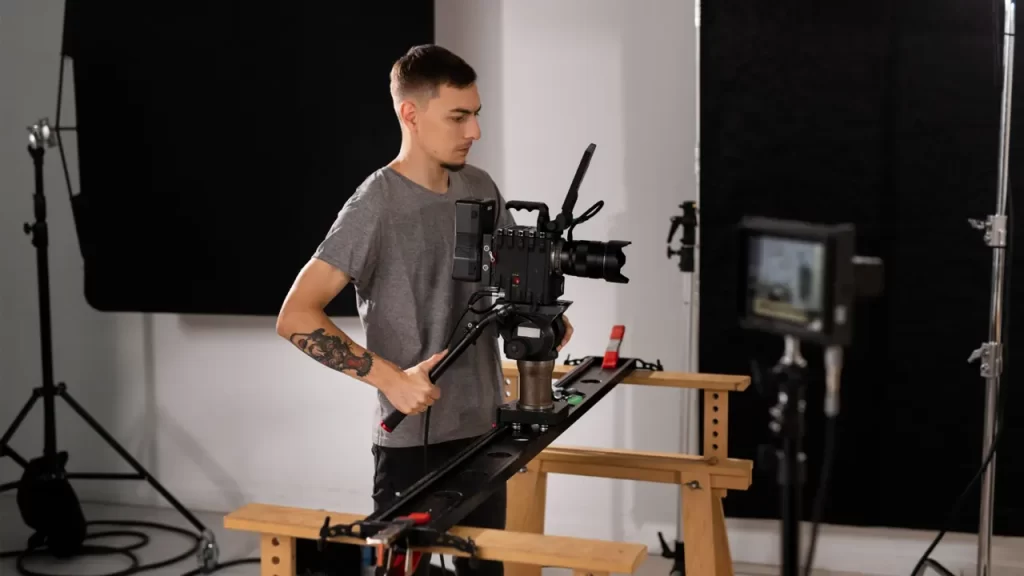
1. Pre-Production: Creativity and Organised Thinking
The pre-production is the foundation of a TVC, it has to be impeccable, as it can make or break your whole project. Thanks to technology, this phase is also much more technically rich and involves conceptualization, planning organizing as well and budgeting.
Storyboarding Software:
The conventional mode of storyboarding used all the hand-drawn sketches which add to your limitations. Now with the advent of digital storyboarding software, artists can make complex and creative storyboards that little easier today. The ability to add motion and sound, and even rough animations in Adobe Story or Tex Avery Storyboarder can make the final commercial appear closer than a simple dry pitch.
Advanced Scriptwriting Software:
Advanced scriptwriting tools like Final Draft and Celtx support collaborative editing, scene breakdowns, and even AI-powered suggestions. Use these tools to make the writing process more comfortable and show stories that agree with the message of a brand.
With the Help of Technology:
Virtual Location Scouting Directors and producers can use virtual reality (VR) as well as 3D modeling tools to view potential shooting locations to avoid visiting many sites. That not only shortens the time of making one but also makes it possible to see how a scene would look in different places, lighting, and climate situations.
2. Production: Innovating Filming Methods
For the bulk of the magic, this is all going on in the production phase. With the help of technology, it has brought several changes in the way videos have been made and these changes are all about a rich creative experience, better productivity, or aesthetics.
Modern TVCs are filmed on high-definition (HD) and 4K cams, which offer a whole new level of image quality. These include amazing dynamic range, sharpness, and color accuracy which in turn give rise to beautiful shots that attract the audience. Recording at a variety of frame rates and resolutions also results in post-production flexibility. If you want TVC video production services, you can contact the best TVC video production company.
Use of Drones:
A massive game changer, drones have made aerial dynamic shots look amazing! Drones that can fly from the most interesting angles and heights make the previously impossible or cost-prohibited film stunts for commercials feasible, affording a new cinematic direction as opposed to expensive cranes and helicopters. Gimbals & stabilizers, like the DJI Ronin, offer buttery smooth movement even during more complicated moves and overall make for a cleaner video.
Lighting (LED and Smart Lighting):
The mood and tone of a TVC are heavily influenced by its lighting. These days, it is simpler to establish the ambiance you are looking for on set due to the progress in LED Lighting Technology. LED lights are not only an energy-saver, but they also have options for color temperatures and intensities. Wireless control: When shooting, you can easily adjust the lighting conditions through the smart-home light system-advanced technology systems.
3. Post-Processing: The Improvements Faction
Post-production is the part where the magic of technology kicks in, and editors get to polish up that TVC till it shines.
Video Editing Software:
Professional video editing software such as Adobe Premiere Pro, Final Cut Pro, or DaVinci comes with a range of features to cut, crop, and arrange shots. These programs enable multi-camera editing, color grading, and the incorporation of effects that allow one to make a cinematic engaging story that connects with the viewers.
Sound Design & Mixing:
Good sound is something that no TVC should sacrifice for anything. Typically, sound designers will add SFX (sound effects), music, and voiceovers from audio editing software such as Pro Tools or Audition. Mixing, then refining the audio to make it as clear and cohesive as possible for the most attenuating composite effect on a given message.
4. Distribution: Getting Your Work to the Right People
Post the completion of TVC as well technology does play a part in its distribution and reach.
Digital Platforms and Analytics:
Although TVCs were initially introduced as television advertisements, the digital era increased their availability to sources such as YouTube, social media, and streaming services through modern marketing strategies. It not only opens up the product to a larger list of potential customers, but it also presents valuable analytics. Upon running them and getting your campaign seen by the right people, you can then measure the effectiveness of an ad by tracking engagement metrics such as views, clicks, and shares which advertisers can analyze and make data-driven decisions for future campaigns.
Programmatic Advertising:
AI & Machine Learning power targeted TVCs on programmatic. Programmatic advertising uses data about user interests and behavior to distribute the commercial among visitors to specific resources at a certain point in time, which allows maximum impact from the budget spent.
5. Next Frontier: Future Trends
In this post, we discuss the ways production technology is changing TVC creation. Another step in the transformation of the TVC is through trends such as artificial intelligence (AI) — augmented reality (AR) and virtual reality (VR).
AR and VR Integration:
AR and VR have also become new touchpoints for immersive TVCs. Picture a commercial where people watching can engage with the product in a virtual environment, or take their mobile devices and see an augmented version of that product right in their space. And they deliver an emotional hit, which just helps to make a difference in print that sticks.
Conclusion
Today, technology has permeated into virtually all aspects of modern TVC video production. Chalking ways in the concept of filming editing, and outreach. Advertisers draft storytelling and technology virtually unifies them, rewarding consumers with glorious narratives our quest to recapture the eyes of Easter Island statues today as advertisers we have two edgeavers: storytelling and technology. With further developments of new tech, the future for TVC production is set to be more innovative and immersive than ever, breaking free from the constraints of old-world craftsmanship with storytelling and creativity dictating an evolution in experiences as a whole.
FAQs
1. In what ways has technology changed TVC video production?
TV commercials are now holistically produced with technology such as high-definition cameras, quality lighting equipment, and top-of-the-line editing software. This allows filmmakers to produce beautiful, yet engaging commercials with high production value that are more effective in holding the audience’s attention.
2. What is Virtual Production and How Does it Help TVC Video Production
Virtual production utilizes LED walls and custom in camera positioned real-time render environments, to manipulate virtual backgrounds on set. This approach is well suited for television production of near-live material and reduces the reliance on green screens (or exotic synergy cameras) in post-work, leading to more naturalistic actor interaction between virtual and actual.
3. What influence has the drone on TVC video production?
Drones also offer filmmakers a chance to grab some breathtaking aerial shots and angles with similar results only achievable through large expensive setups before drones came into the picture. They inject TVCs with a cinematic twist and bring that key visual to enhance the storytelling.
4. Can technology personalize TVCs for different audiences?
This is true thanks to technology, and an important form of it is Artificial Intelligence, that allows us to easily make personalised TVC based on the audience watching it. By examining audience, AI can create different versions of commercials and understand better which demographics make them tick and improve viewer relationship and conversion rates.
5. What effect is technology having on the distribution of TVCs?
Technology plays a huge role in enabling the digital distribution of TVCs via YouTube, on social media, and also through OTT platforms such as Hotstar. It uses AI and machine learning to deliver the commercial only to a predefined audience. segment. It also gives feedback in terms of valuable analytics for the TVC efficacy since it is through digital distribution.


